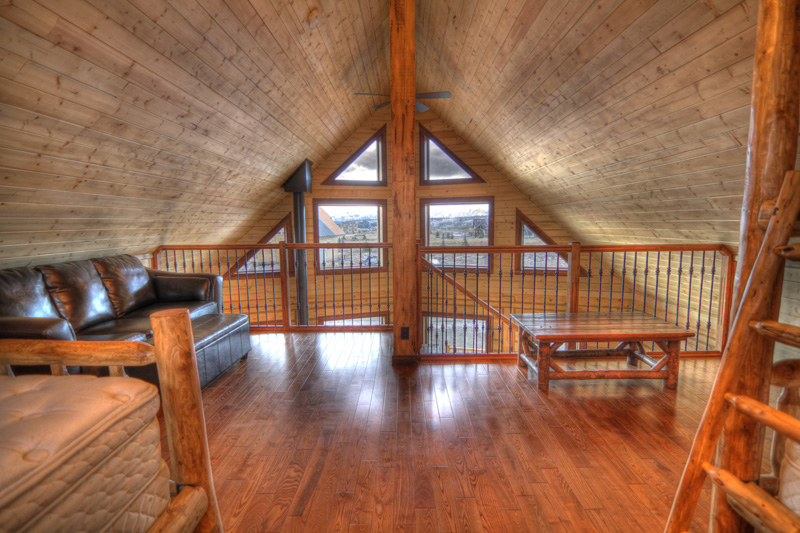FIRE RESISTANCE
Solid timber is more fire resistant and is therefore more safe than conventional stud-wall construction. Its’ safety is incomparably superior to the swift, toxic inflammability of mobile homes, which can be destroyed beyond repair in as little as 10 minutes.
Stud walls create a vertical “chimney effect” between each set of studs, that by providing drafts, intensify the heat and spread of fire. Further, most insulation used in exterior walls produce deadly, toxic vapors. A conventionally built house, if it does not burn to the ground, must typically be condemned.

By comparison, solid wood resists ignition, and burning penetrates it slowly. In most rural settings, ignition from the outside occurs because flammable fuels such as leaves, dry grass, conifers (such as spruce, pine, fir etc.), or woodpiles are allowed too close to a house. This hazard can be controlled by good property management and by keeping gutters and areas under porches and decks clean. If, despite best efforts, flames do encounter a solid wood house, it will better resist ignition than a vinyl or siding-clad stud wall.
The same is true for interior ignitions, a more common hazard. Because fire is slow to attack the structural integrity of solid timber, log homes can more commonly be saved than conventional homes – and then restored with a disc-sander.
Check these links out for more information:
